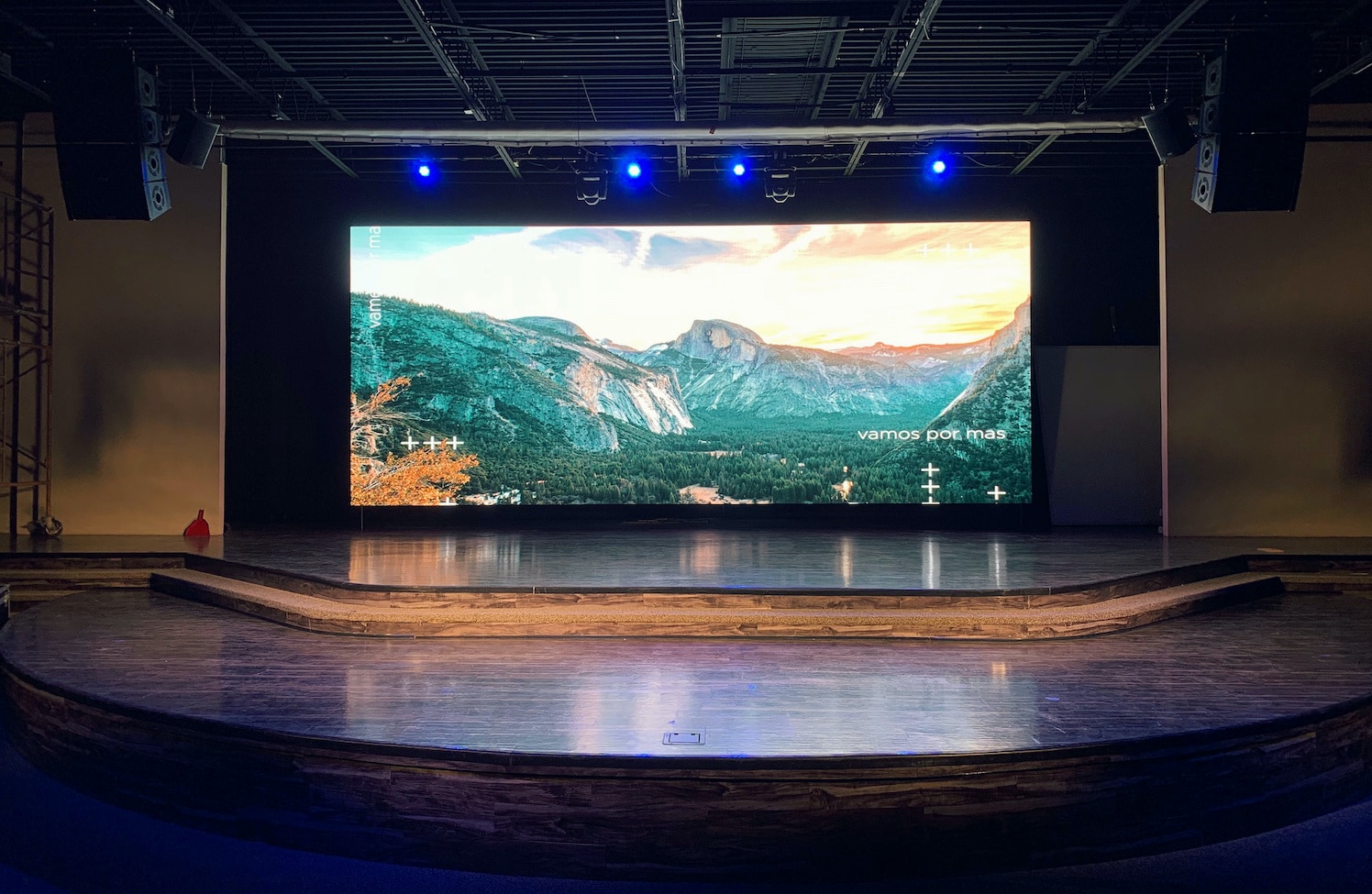Investigating the Essential Factors That Affect Brightness in LED Wall Panels
Investigating the Essential Factors That Affect Brightness in LED Wall Panels
Blog Article
Light Emitting Diode wall panels are increasingly popular for both advertising and entertainment due to their bright and vibrant displays. Understanding the elements that influence the brightness of these panels is essential for producers and buyers alike. Luminosity is typically gauged in nits, which shows how much illumination is emitted from the surface of the panel. Several key factors affect to the overall luminosity, including the type of LED used, the quality of the panel materials, and the energy supplied to the screen.
The type of Light Emitting Diode component used in a panel panel plays a crucial role in its brightness. Different LEDs emit varying levels of light output, which measure the amount of illumination perceptible to the human eye. High-quality components, such as those made using sophisticated technology, can produce more luminous light with greater effectiveness. Furthermore, the hue temperature of the Light Emitting Diode also influences apparent luminosity. For instance, cooler hue tones (higher Kelvin values) can appear more luminous than warmer ones, even at the same light output rating. This feature is important for uses where visibility is important, such as in external advertising.
The substances used in the building of LED panel screens also influence their brightness. The kind of substrate and encapsulation materials can influence how led video wall for educational purposes much illumination is conducted versus how much is absorbed or dispersed. For example, a panel made with high-quality optical glass will allow more illumination to flow through than one made with lower-grade materials. Additionally, the design of the screen, including its thickness and the arrangement of the Light Emitting Diodes, can enhance or diminish brightness by influencing how light is spread across the panel.
The power source provided to the Light Emitting Diode panel screens is another critical factor in determining luminosity. Each LED chip has a particular voltage and electric flow need for optimal functioning. If the power source falls short, the brightness of the panel will decrease. Conversely, providing too much energy can lead to overheating and decreased lifespan of the LEDs. Therefore, ensuring a consistent and adequate energy supply is crucial for achieving consistent brightness levels. This is particularly vital in dynamic displays, where luminosity may need to be modified for different illumination conditions.
Finally, surrounding elements can influence how luminosity is perceived. Ambient light conditions play a significant role in how luminous an Light Emitting Diode wall panel looks. In bright daylight, for example, a video wall rental solutions screen with a lower brightness rating may struggle to be visible clearly, while a more luminous panel can be prominent more effectively. Additionally, the angle from which the screen is viewed can affect brightness appearance due to how light reflects off surfaces. Understanding these factors helps buyers choose the appropriate LED wall screen for their needs and guarantees that manufacturers produce products that meet luminosity expectations for different uses.